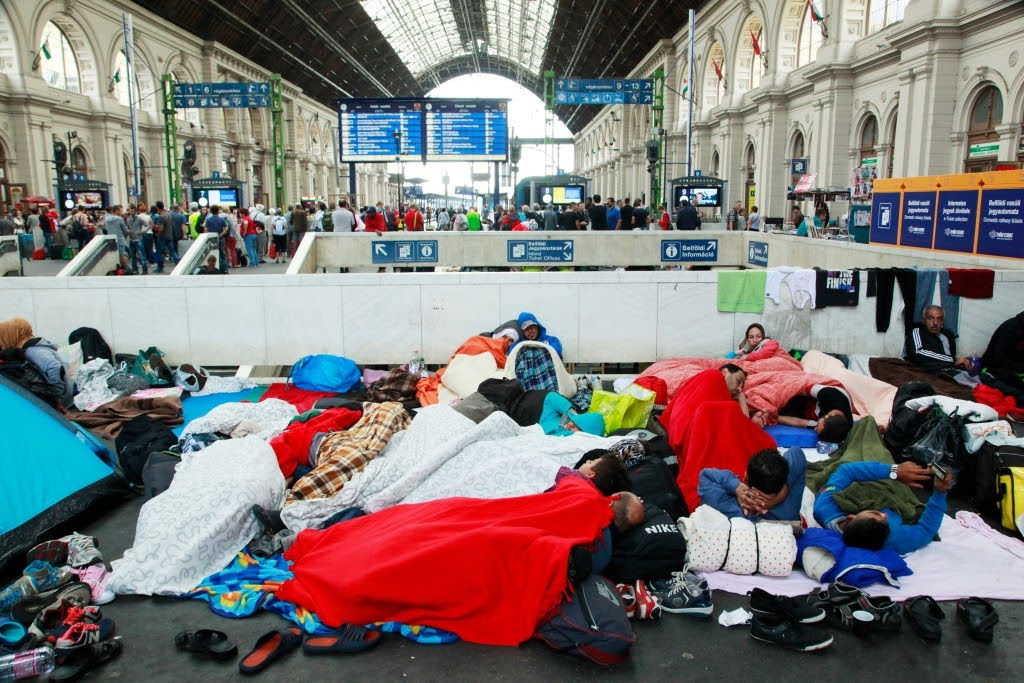
(Photo from Wikipedia/Rebecca Harris)
OTTAWA—Newly released government documents paint the clearest picture to date of how the Conservative government’s controversial approach to Syrian refugee resettlement played out last year.
Before last winter, the previous government had only committed to take in 1,300 Syrian refugees from the millions fleeing the civil war there and spilling into surrounding countries.
Former Prime Minister Stephen Harper had been under intense pressure—including from inside his own cabinet—to increase that total, but only agreed to accept a further 10,000 provided that religious and ethnic minorities were prioritized.
The policy, unveiled last January, was contentious. The vast majority of the Syrian refugee population is Muslim. The decision to hone in on “religious minorities” prompted allegations the government was biased against Muslims and was also violating United Nations principles governing refugee resettlement.
The refugees the Canadian government accepts for resettlement are chosen by the UN. They do not use ethnicity or religion as a basis for determining whether someone requires resettlement to a third country.
But documents tabled in the House of Commons this week in response to a question from the NDP show how the Conservatives found a workaround.
In February 2015, visa officers in Jordan and Lebanon were instructed to track “areas of focus” for Syrian refugees, which included tracking whether someone was a member of a vulnerable ethnic or religious minority, the documents say.
They applied that criteria to the files they were receiving from the UN.
“Cases meeting at least one of the areas of focus were identified for expedited processing,” the documents say. “Cases that did not meet the areas of focus were included in the mission’s inventory and processed as a regular case.”
The tracking stopped in November 2015.
The Citizenship and Immigration department, asked repeatedly in recent months for a breakdown of Syrian refugees by religion, has consistently said it does not track that information.
On Wednesday, however, spokesperson Jessica Seguin said while the department applied the areas-of-focus approach, it never recorded how many cases met those criteria in part because the computer system isn’t set up that way.
“It is true that for a short time this information was anecdotally tracked in a few missions, but it was never done systematically,” Seguin said in an e-mail.
“No refugees were screened out of the resettlement process as a result of the areas of focus.”
The documents also illustrate the impact of another controversial Conservative move last year—auditing government-assisted refugee case files to see whether they were in keeping with the areas of focus and security requirements.
According to the data tabled in the House of Commons, in June 2015, the highest number of government-assisted refugees admitted to Canada so far that year was 62. That same month, Harper ordered the audit.
The following month, admissions fell to just 9 people.